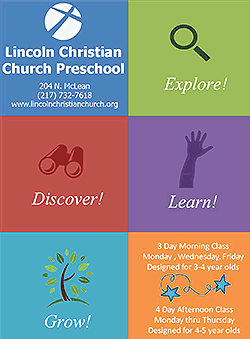|
Separated twins joined at
head continue recovery, one lags in development
 Send a link to a friend
Send a link to a friend
[January 24, 2019]
By Gene Emery
(Reuters Health) - Twin baby girls joined
at the head who were separated on June 6, 2017, are continuing their
recovery, with one showing some developmental delays compared with her
sister, according to an update of the case that also provides details of
the techniques used in the surgery.
|
|
 The surgical team at Children's Hospital of Philadelphia used a 3D
printer and special rings to gradually separate the girls' brains
before undertaking the 11-hour operation that gave Erin and Abby
Delaney lives of their own at the age of 10 months. The surgical team at Children's Hospital of Philadelphia used a 3D
printer and special rings to gradually separate the girls' brains
before undertaking the 11-hour operation that gave Erin and Abby
Delaney lives of their own at the age of 10 months.
At age 21 months, Erin could sit independently, verbally identify
both parents, manipulate objects and had normal strength and muscle
tone. "She was expected to continue to have a slightly delayed but
otherwise normal developmental course," the Philadelphia team
reports in the New England Journal of Medicine.
Abby experienced more complications after the surgery and "was
expected to have more neurocognitive difficulties than her sister,
but she continued to have developmental gains," they write. She
doesn't seem to be as ambidextrous as most children that age, she
was beginning to sit independently and she verbally identified one
parent.

Formal cognitive testing has not been done, lead author and
neurosurgeon Dr. Gregory Heuer told Reuters Health in a telephone
interview, but "early on what we worry more about is motor delays.
So far they've exceeded the expectations. They're having this
continual increase in their development. In fact, the one twin who
was a little behind her sister is making more rapid gains, which is
a good sign for us."
Abby's case was more complicated, in part because the girls shared a
large vein that sends blood from the brain back to heart. But in her
case, some of the deeper veins that help in that purpose had
remodeled themselves to compensate.
Both girls have been with their parents in Mooresville, N.C., since
just before Thanksgiving 2017. They continue to be followed by
nutritionists, developmental pediatricians and other specialists.
A hospital spokeswoman was unable to produce an estimate of how much
it cost to separate the girls.
[to top of second column] |

Having twins joined at the head occurs in 1 out of every 1.7 million
births. Having the connection extend into the brain tissue is rarer
still. The surgery was done before the girls' first birthday because
the infant brain tends to be more adaptable and better able to
regenerate.
Before the separation operation, surgeons cut the fused part of the
skull that joined the babies. They also created ring-like devices
that fit on their heads and gradually pushed the girls apart at a
rate of 2 millimeters per day for several months starting when the
girls were 3 months old. This technique also helped reorient the
girls, born with their heads connected at an angle, to straighten
them out and make the surgery easier.
Plastic models fashioned by 3-D printing techniques helped Heuer and
his team plan their surgery, particularly the fact that the twins
shared that key blood vessel and a small portion of the brain's
frontal lobe.
Heuer said that in retrospect, there are a few things he might have
done differently, such as pushing the twins' heads apart more
slowly.
"The problem is, every twin is connected in a different way, so some
of the lessons we learned here will be applicable and some won't,"
he said.
In two or three years, the girls will need more surgery to cover the
openings in their skulls that remain after the separation surgery.
But even at this point, said Dr. Heuer, "their lives have changed
and we're proud of that, in that before they could never give each
other a hug or hold each other. I'd like to think this surgery has
had a big impact on their life, in a good way."
SOURCE: https://bit.ly/2MqGb2D The New England Journal of Medicine,
online January 23, 2019.
[© 2019 Thomson Reuters. All rights
reserved.] Copyright 2019 Reuters. All rights reserved. This material may not be published,
broadcast, rewritten or redistributed.
Thompson Reuters is solely responsible for this content. |